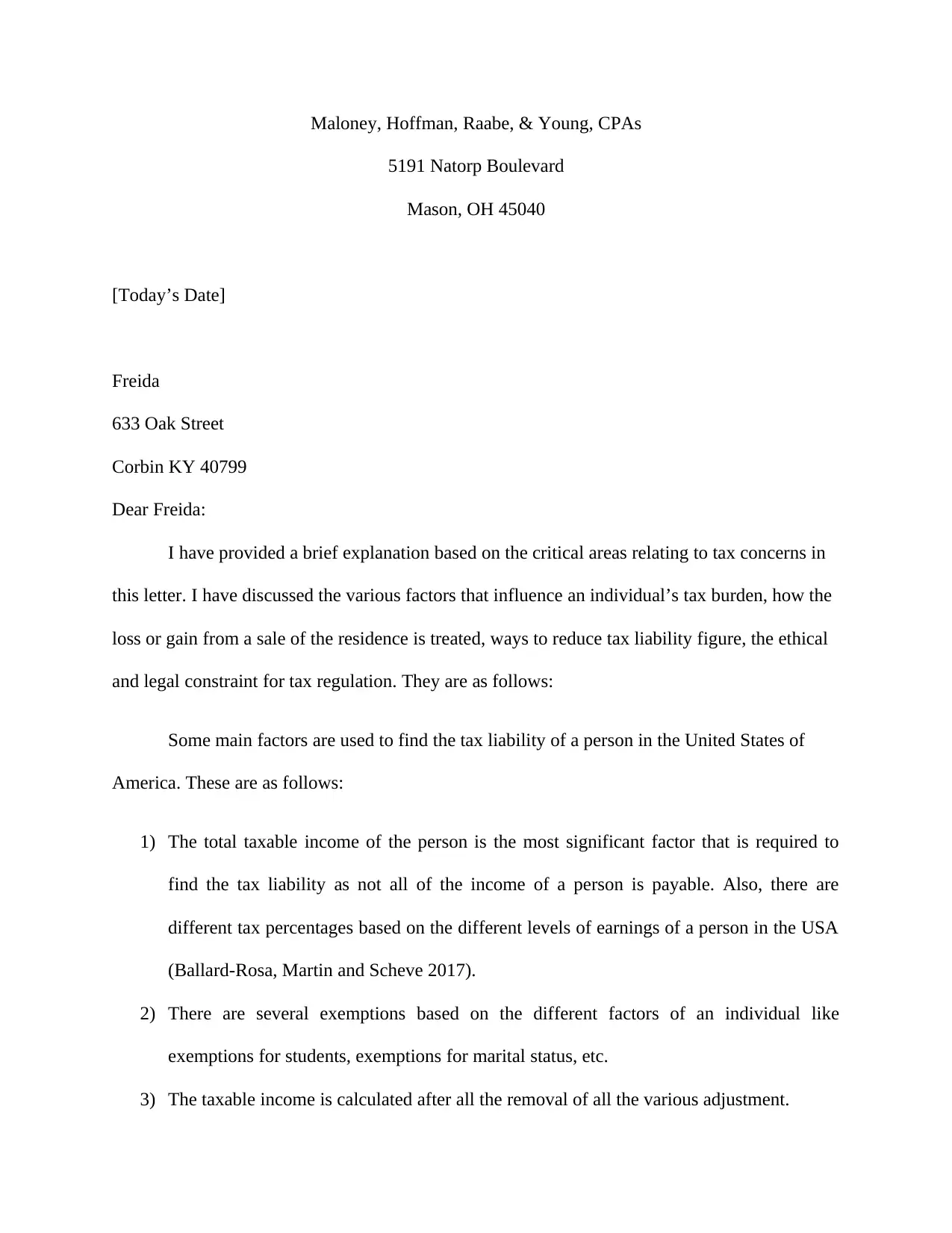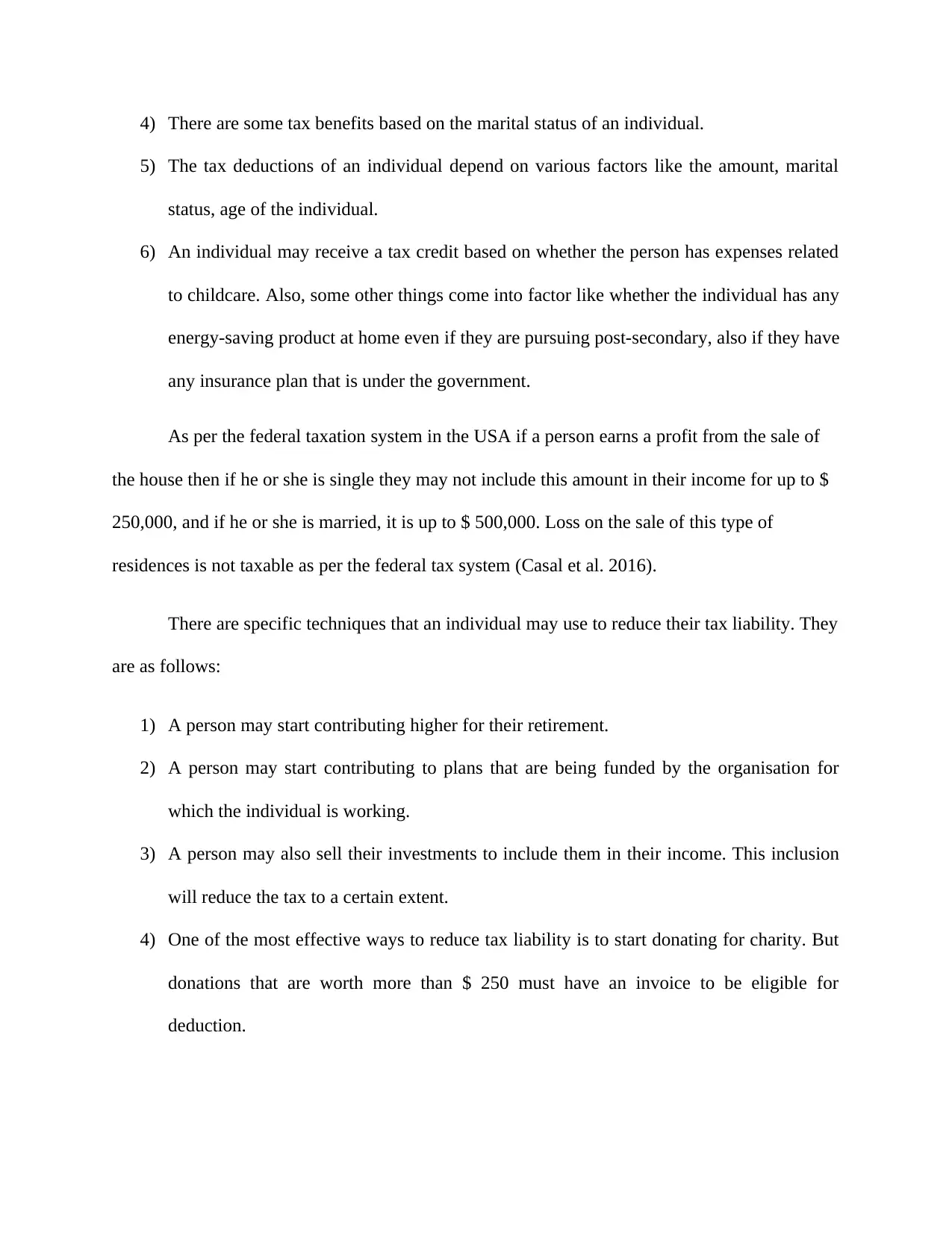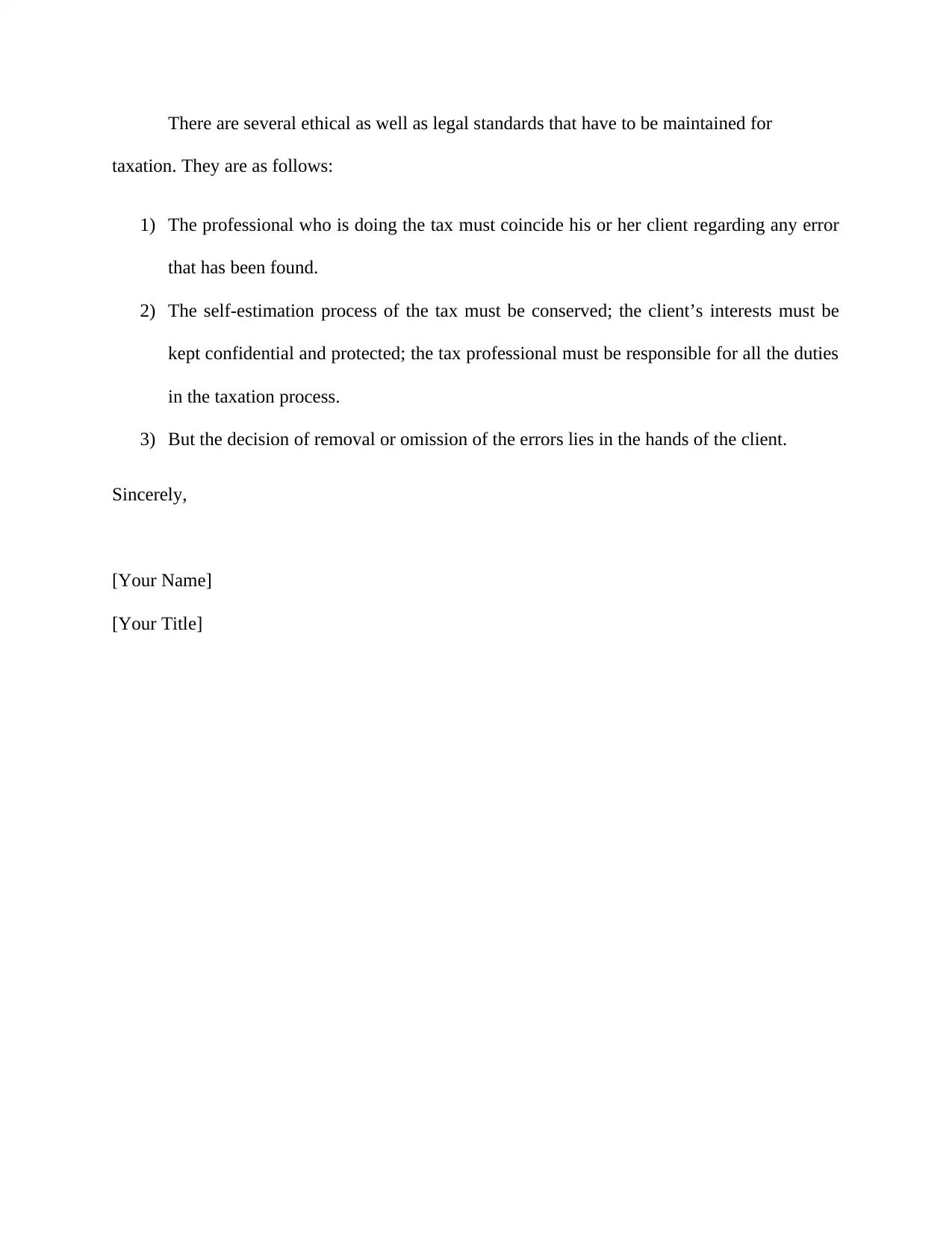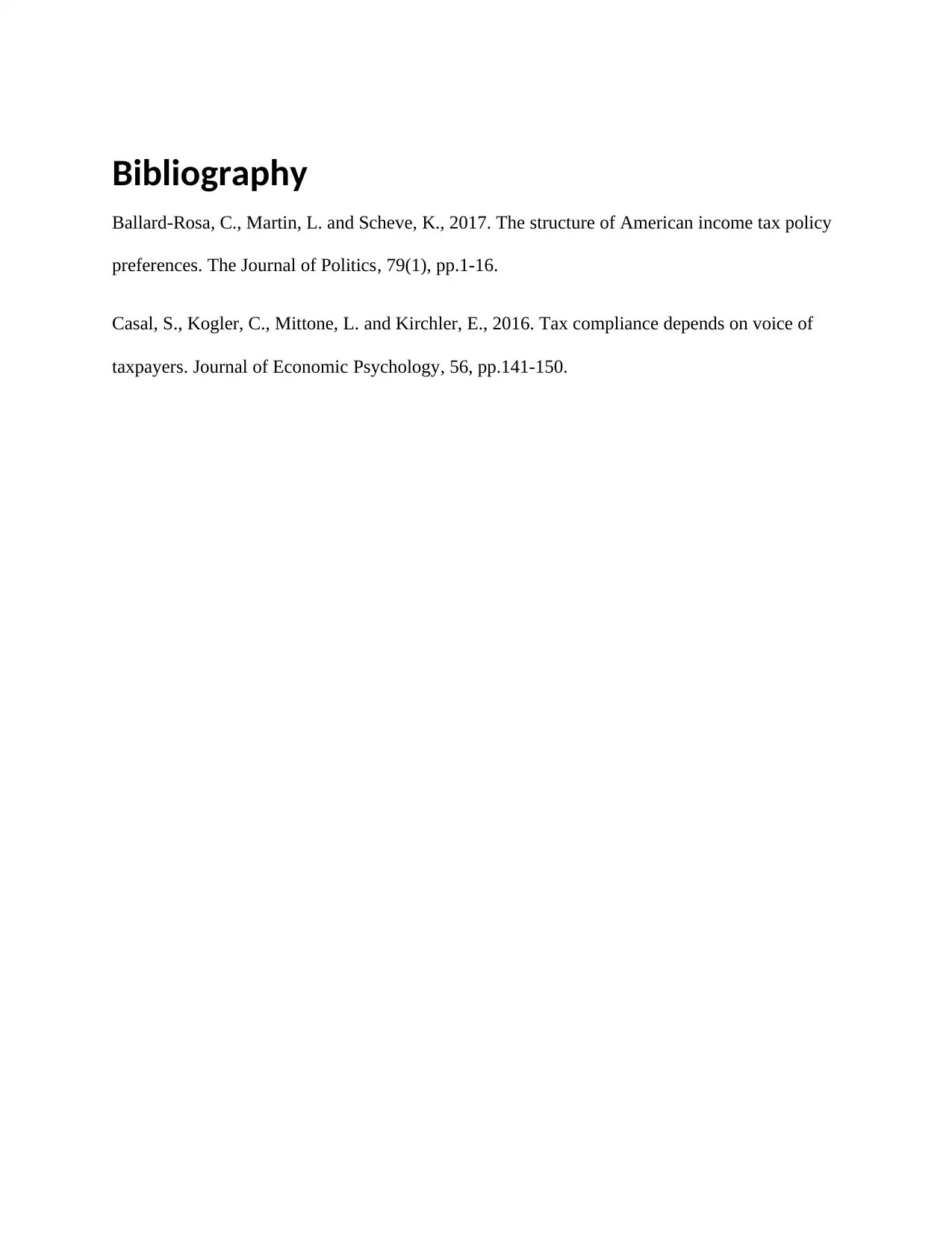ACC 330 Final Project: Client Communication on Tax Return Results
VerifiedAdded on 2022/08/09
|4
|694
|17
Project
AI Summary
This assignment is a comprehensive final project for an ACC 330 course, simulating the role of a tax professional. The project requires the creation of a professional letter to a client, addressing their tax return results and providing tax planning advice. The letter covers key areas such as factors influencing tax liability, including taxable income, exemptions, and deductions. It also addresses the tax implications of selling a principal residence, offering guidance on potential tax savings through retirement contributions and charitable donations. Furthermore, the assignment emphasizes ethical and legal standards in tax practice, highlighting the importance of client confidentiality, professional responsibility, and accurate communication. The project incorporates real-world scenarios, such as client inquiries about reducing tax liability and the sale of a home, requiring the student to apply their knowledge to provide practical and informed advice. The provided solution demonstrates a clear understanding of tax principles, effective communication skills, and adherence to professional ethics.
1 out of 4











![[object Object]](/_next/static/media/star-bottom.7253800d.svg)